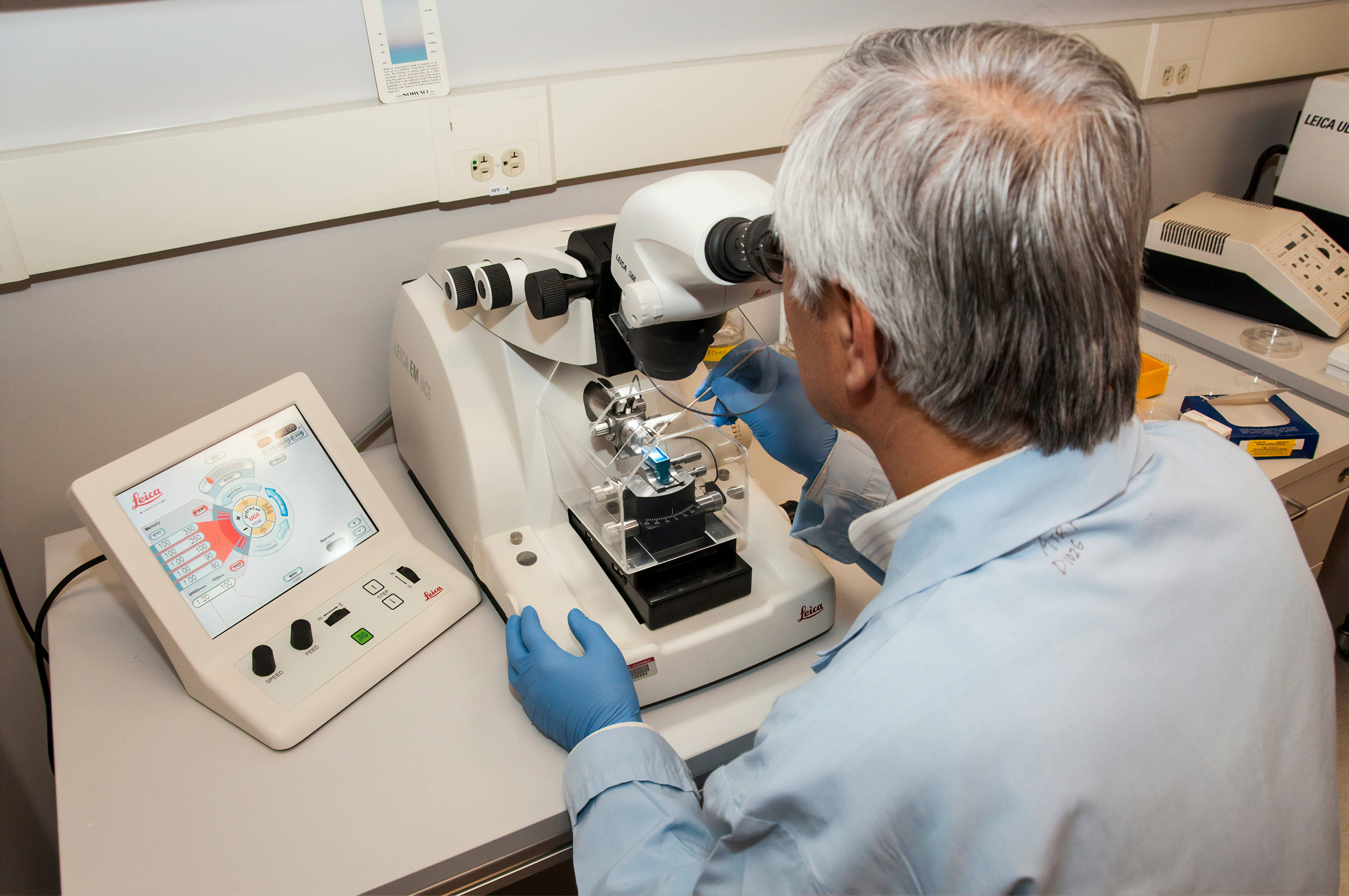In the 8th post of our life sciences series, we’ll discuss the impact of CTR (EU) No 536/2014 on localization. CTR marks a significant milestone in the harmonization of EU clinical trial procedures. Its primary aim is to ensure a more streamlined and efficient clinical trials framework, emphasizing safety, transparency, and data reliability. In Jan. 2023, the Clinical Trials Information System (CTIS) was implemented as the single entry point for clinical trial data and information submission.
This implies that all stages must be channeled through a single member state. As this normally means use of one LSP, more resources are needed to process multiple languages in parallel. Localization typically needs to be started earlier in the process. Additionally, the requirements for plain language summaries (PLS) are becoming more stringent.
This blog post delves into how the CTR influences localization strategies. We’ll highlight the challenges and opportunities it presents for stakeholders in the clinical trial ecosystem.
The Localization Landscape in Clinical Trials
Localization in clinical trials is not just about translating documents. It’s about culturally adapting informed consent forms, patient information leaflets, and trial protocols to ensure they are understandable and accessible to participants in their native languages. This process is crucial to maintaining ethical standards and ensuring participant comprehension, which is directly linked to the validity of consent and the overall integrity of the trial.
Challenges Posed by the Clinical Trials Regulation
1. Increased Complexity
CTR introduces a unified submission portal for all EU member states, aiming to streamline the application process. This centralized approach necessitates a higher degree of localization management. Documents must be localized for multiple jurisdictions simultaneously. In the past, localization was often focused on one or smaller set of languages. Now, all languages are required to be submitted at once, requiring more resources.
2. Stringent Timelines
With CTR enforcing tighter deadlines for the assessment and approval of clinical trial applications, localization processes must be expedited without compromising quality. This poses a challenge for translation and localization teams, who must balance speed with accuracy and compliance.
3. Enhanced Transparency
CTR mandates increased clinical trials transparency, requiring public registration and disclosure of trial summaries in plain language. For all Phase 1-4 interventional trials conducted within the EU, trials must be submitted with a PLS. With CTR’s full enforcement, sponsors must submit PLS into the CTIS within 6 months of the trial’s conclusion for pediatric trials and within 12 months for the remainder.
How to Address CTR’s Challenges
These CTR related challenges present significant opportunities for innovation and improvement in the localization sector.
1. Standardization and Quality Improvement
Sponsors should work with their LSP’s to drive process and technology harmonization and improvement. Whereas individual study languages could easily be done by different LSP’s in the past, this is no longer a feasible option.
2. Technology Integration
To meet the demands of the CTR, sponsors and localization providers should focus on increasingly integrating advanced technologies. These can include AI-driven translation tools, translation management systems, and automated QA platforms. These can enhance speed, reduce costs, and improve the overall quality of localized content. The integration between sponsor’s content and LSP’s translation management systems is becoming increasingly critical.
3. Enhanced Focus on Plain Language Summaries
Creation of PLS requires a specific skillset, with deep knowledge around the requirements and intent of these PLS. Education of localization resources providing this service is critical to the success. Resources must focus on delivering PLS with fewer words, at the appropriate reading level, and with critical information at the forefront.

The Clinical Trials Regulation significantly impacts the localization landscape, presenting both challenges and opportunities for stakeholders. By navigating these complexities with a focus on quality, efficiency, training and technological innovation, the clinical trials community can enhance the integrity, inclusiveness, and effectiveness of research across Europe. As we move forward, the role of localization in bridging linguistic and cultural divides will only become more central.
Life Sciences Localization Training
Check out my upcoming classes with the #localizationinstitute:
- ReadySetGo: Life Sciences Localization: April 24, 2024. Participants will learn about the regulatory requirements impacting the localization process and best practices to effectively achieve compliance with these requirements.
- Life Sciences Localization Master Class: May 1-22, 2024. This course will enable participants to understand what localizing life sciences content entails and how it can be effectively managed in a life sciences regulatory context. This class will focus on how to incorporate process and technology to effectively achieve compliance with these requirements.
#lifescienceslocalization #lifesciences #PeakGlobalSolutions #RegulatoryAffairs #MedicalDevice #ClinicalTrials #Consulting #ChangeManagement #localizationinstitute

Sonia brings 30+ years of leadership experience in the localization industry. Having worked with a diverse range of clients and industries, Sonia brings a wealth of knowledge and a proven track record of success in delivering exceptional localization solutions.
